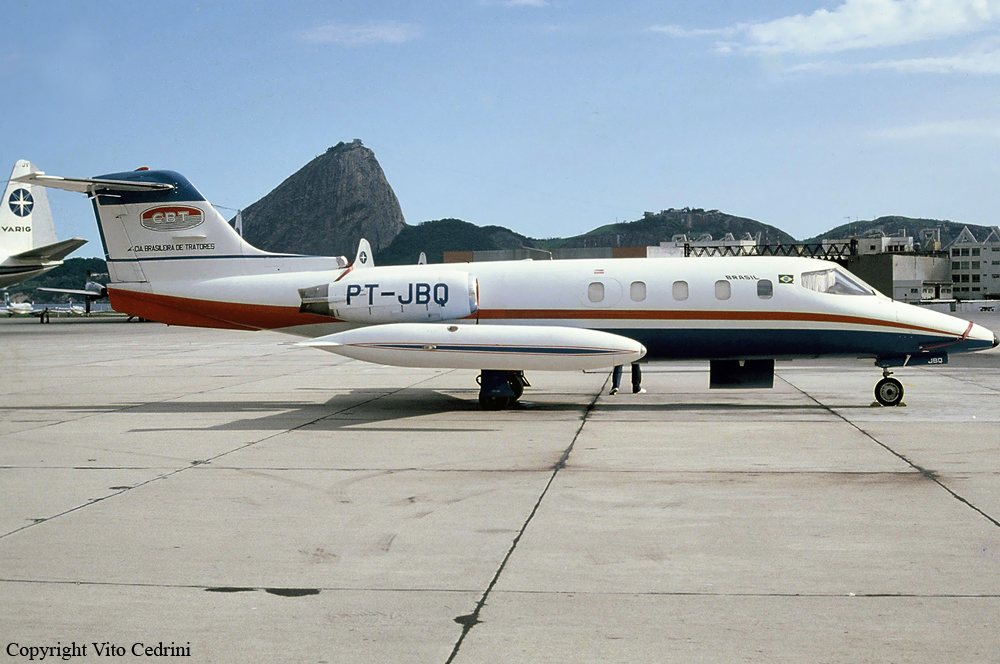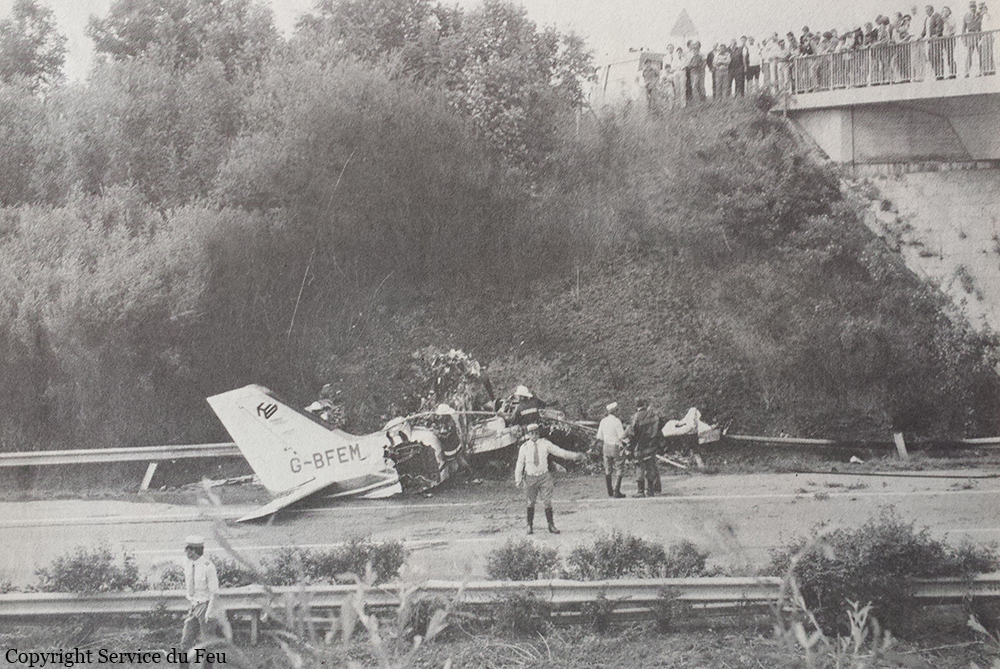Crash of a Cessna 402B in Meadville
Date & Time:
Nov 1, 1982 at 0900 LT
Registration:
N402DL
Survivors:
Yes
Schedule:
Allentown - Meadville
MSN:
402B-0598
YOM:
1974
Crew on board:
1
Crew fatalities:
Pax on board:
2
Pax fatalities:
Other fatalities:
Total fatalities:
0
Captain / Total hours on type:
400.00
Aircraft flight hours:
2592
Circumstances:
The pilot approached high and fast for landing on runway 04. The wind was from 240° at 10 to 12 knots. The aircraft floated and after touchdown, the pilot was unable to stop on the wet, downsloping runway. After departing the runway, the aircraft continued down a steeper slope and into an area of brush and trees. All three gear collapsed, there was leading edge spar damage on both wings, and the right side fuselage skin, forward of the right wing, was damaged.
Probable cause:
Occurrence #1: overrun
Phase of operation: landing - roll
Findings
1. (f) weather condition - tailwind
2. (f) wrong runway - selected - pilot in command
3. (c) distance - misjudged - pilot in command
4. (c) airspeed - misjudged - pilot in command
5. (c) go-around - not performed - pilot in command
6. (f) airport facilities,runway/landing area condition - downhill
7. (f) airport facilities,runway/landing area condition - wet
8. (f) aircraft performance,hydroplaning condition - water
----------
Occurrence #2: complete gear collapsed
Phase of operation: landing - roll
Findings
9. (f) terrain condition - downhill
10. (f) terrain condition - high vegetation
11. Landing gear - overload
----------
Occurrence #3: on ground/water collision with object
Phase of operation: landing - roll
Findings
12. (f) object - tree(s)
Phase of operation: landing - roll
Findings
1. (f) weather condition - tailwind
2. (f) wrong runway - selected - pilot in command
3. (c) distance - misjudged - pilot in command
4. (c) airspeed - misjudged - pilot in command
5. (c) go-around - not performed - pilot in command
6. (f) airport facilities,runway/landing area condition - downhill
7. (f) airport facilities,runway/landing area condition - wet
8. (f) aircraft performance,hydroplaning condition - water
----------
Occurrence #2: complete gear collapsed
Phase of operation: landing - roll
Findings
9. (f) terrain condition - downhill
10. (f) terrain condition - high vegetation
11. Landing gear - overload
----------
Occurrence #3: on ground/water collision with object
Phase of operation: landing - roll
Findings
12. (f) object - tree(s)
Final Report:








